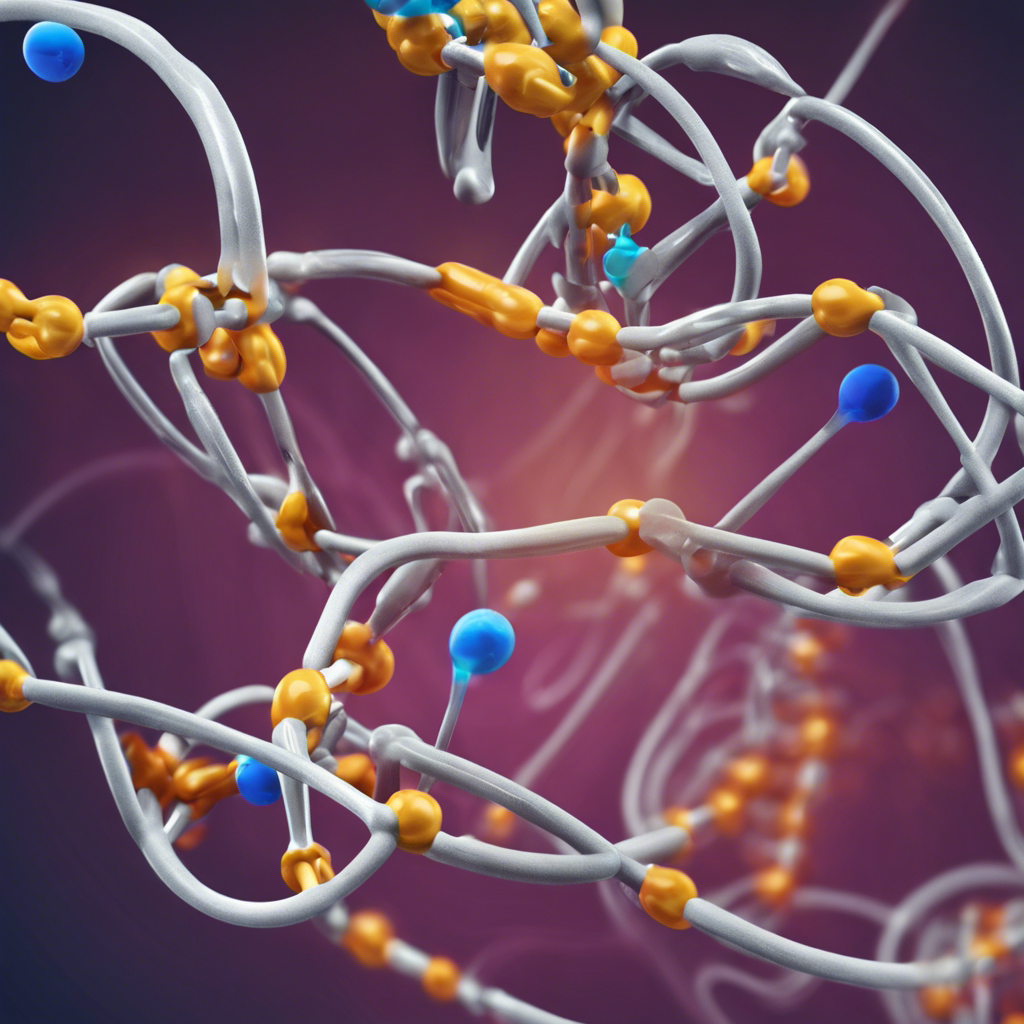Researchers at the University of Chicago pioneer a groundbreaking technique to efficiently extend carbon chains in drug molecules, offering new possibilities for medicinal chemists.
In the world of drug discovery, even the smallest changes in a molecule’s structure can have a profound impact on its activity. Medicinal chemists are constantly seeking ways to modify drug molecules to enhance their efficacy and reduce side effects. One crucial aspect of this process is the ability to extend or trim the carbon backbone of a drug molecule. Now, a team of researchers at the University of Chicago has developed a novel “hook-and-slide” method that allows for the addition of multiple carbons to carbon chains adjacent to amides, opening up new avenues for drug development.
The Intricate Process of Carbon Chain Extension:
The traditional approach to modifying carbon chains in drug molecules involves complex and time-consuming synthetic backtracking. However, the “hook-and-slide” method developed by the University of Chicago researchers offers a streamlined alternative. By utilizing a base-mediated alkylation reaction at the carbon adjacent to the amide’s carbonyl, the researchers create a branch point. They then employ a directing group to guide a rhodium catalyst into the bond between the carbonyl and the branch point. The metal catalyst “slides” to the end of the added chain, effectively extending the carbon backbone. Finally, the directing group is removed through hydrolysis.
Unprecedented Success and Versatility:
In proof-of-concept experiments, the researchers successfully added extensions of up to 16 carbons to model compounds. Remarkably, regardless of the length of the chain, the catalyst consistently shuttled the amide straight to the end of the chain without creating side products. This groundbreaking method offers a level of control and precision previously unseen in carbon chain extension reactions.
Expanding the Scope of Homologation Chemistry:
The utility of the “hook-and-slide” method was further demonstrated by its successful application to several complex bioactive molecules, including an α-amino-3-hydroxy-5-methyl-4-isoxazolepropionic acid receptor (AMPAR) modulator. Additionally, the technique can be applied to carboxylic acids, albeit with the temporary conversion of the molecules into amides to facilitate the directing group’s function. The final hydrolysis step restores the carboxylic acid structure.
Recognition from Experts:
Renowned experts in the field of molecular editing have praised the innovative approach developed by the University of Chicago team. Vittorio Pace of the University of Torino describes the method as “brilliant” and “extremely well-conceived,” expanding the boundaries of homologation chemistry beyond single-carbon insertion reactions. Richmond Sarpong of the University of California, Berkeley, highlights the potential impact of this technique on scientists interested in novel ways to modify amides.
Conclusion:
The “hook-and-slide” method developed by researchers at the University of Chicago represents a significant breakthrough in the field of medicinal chemistry. By enabling the direct extension of carbon chains adjacent to amides, this innovative technique offers a streamlined approach to modify drug molecules. The ability to fine-tune the carbon backbone of drug compounds opens up new possibilities for medicinal chemists, providing them with a powerful tool to optimize drug efficacy and reduce side effects. As scientists continue to explore the potential applications of this method, the future of drug development looks increasingly promising.











